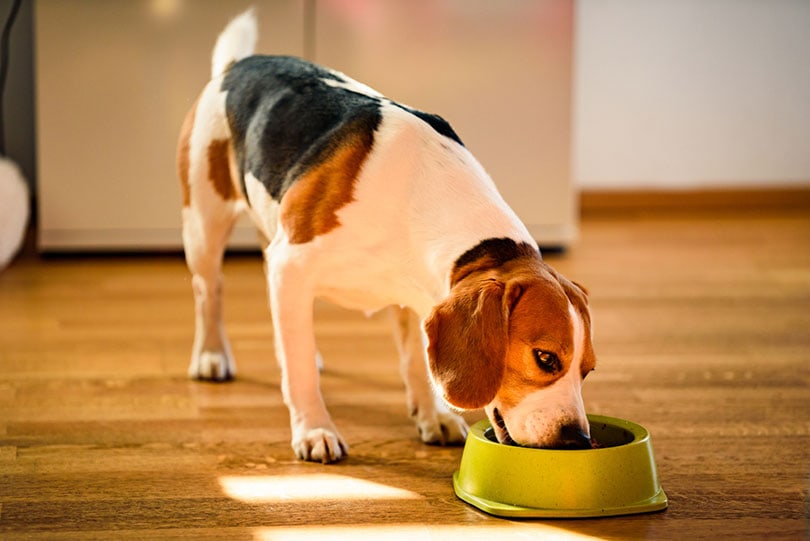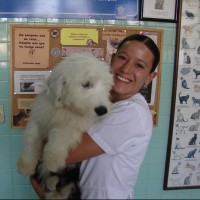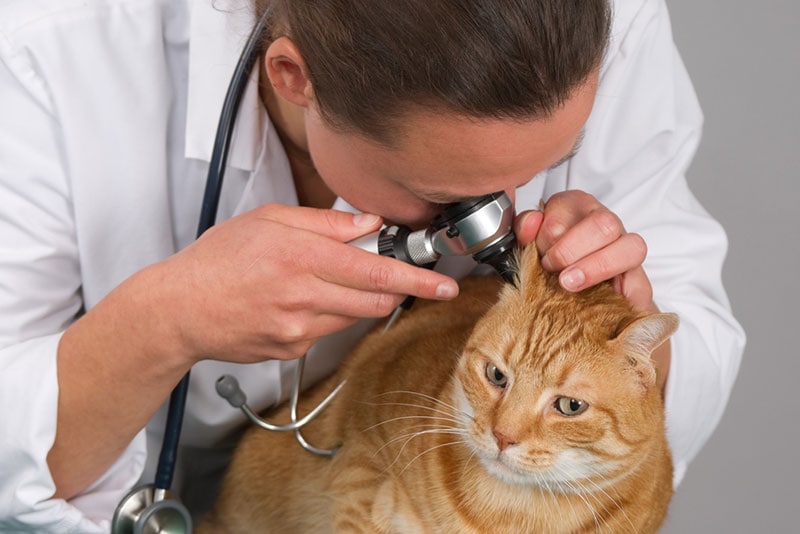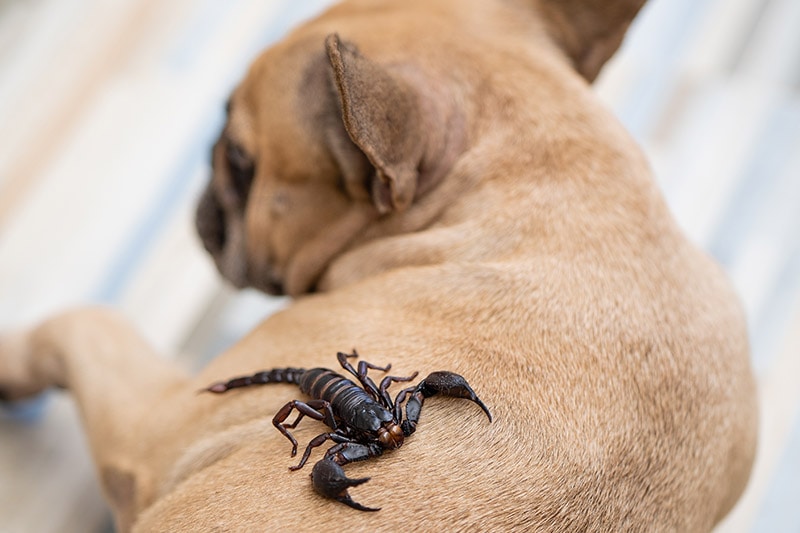Is It Bad to Switch Dog Foods Often? Our Vet Answers
By Dr. Paola Cuevas, MVZ (Vet)
Updated on

We would get tired of eating the same food every day, but is that true for our pets? Unless your dog is on a special diet, there’s a good chance they already have some variety, like treats, meal toppers, or a choice between wet and dry food. But what about switching dog food formulas or brands? Is this bad or even necessary? Do dogs really get tired of eating the same thing?
Some dogs can switch dog food formulas without any problems. Others have become picky eaters and developed sensitive stomachs. Let’s take a closer look at why people change dog foods, the best way to switch, and when to see a vet.
Why Should I Switch Dog Food?
Walking down the pet food aisle of any store is eye-opening. There are countless dog food brands and formulas on the market, and new ones come out all the time. If your dog eats their food and is healthy, you might think there is no good reason to switch dog foods just for the sake of switching.
You might not want to take the risk of wasting money if your dog does not like the new food. If you choose to switch, look for dog food companies that offer a money-back guarantee or a free or discounted trial.
That being said, there are some valid reasons to switch dog foods even when your dog likes what you’re feeding them. Perhaps the brand you’ve been serving them went up in price and is no longer in your budget.
Or you’re having difficulty finding your regular brand in stock. Maybe your dog developed an allergy to the food you use to feed them.
If possible, you want to avoid an abrupt change in your dog’s diet. Your dog has the best chance of liking and tolerating new food if you transition them slowly.
Why Should I Not Switch Dog Food?
If your dog is on a specialized prescription diet that your veterinarian recommended you should not be offering them any other food or switching their food without your veterinarian’s knowledge and approval. Every dog is different but if your dog is on a prescription diet this means your vet knows they can only eat certain foods or nutrients and need to avoid certain ingredients or micronutrients. These dietary restrictions are meant to help your dog stay healthy for longer.

How Do I Transition From One Dog Food to Another?
Whatever your reasons for switching dog food, it’s best to do so gradually over at least 7 days. Your dog’s first meals should be less than ¼ the new food and the rest of the old food. If that goes well, slowly increase the ratio of new food.
Unless you trying to find out if your dog has an allergy to certain ingredients, and while they develop their ability to tolerate new food items it’s best to try to stay with a similar recipe. If your dog has been eating a chicken and rice formula, you want to find another brand with chicken as a protein source. This is especially important if your dog is used to eat from the same food for years.
What Is Rotational Feeding?
The idea behind rotational feeding is that dogs enjoy and even need nutritional variety. Pet owners who practice rotational feeding give their dogs different brands and formulas at set intervals.
The idea behind rotational feeding is that dogs will develop the flexibility to adapt to different food sources. Just like we are able to eat different foods on different days without getting sick, they should also be able to do it, since in nature their food would also include a variety of sources and ingredients. Besides providing a variety of nutrients to your dog, this will also help them to have a more biodiverse microbiome in their guts, making dogs less susceptible to disease and sensitivities.
When to See a Vet?
Don’t assume you need to switch foods if your dog stops eating or has an upset stomach. These are signs of health conditions that need to be addressed by a vet as some illnesses will require medical treatments. For example, a sore tooth can make it difficult to eat. Vomiting in dogs can be the result of gastrointestinal parasites or infections.
Dog food allergies often manifest as skin conditions or ear infections and not necessarily present with gastrointestinal signs. Contrary to pet food trends, most dogs can consume grains without issues. Most of the time, dogs with food allergies cannot tolerate a specific animal protein like chicken or beef.
See your vet if your dog has a decreased appetite, upset stomach, signs of pain or gastrointestinal distress, or if they present any signs of a food allergy.
Final Thoughts
Dogs can get used to eating a variety of foods and develop the ability to adapt to changes in their formulas as long as dog food transitions are done slowly giving their digestive tract the opportunity to adapt. This is especially important if your dog has been eating only one kind of food during all of their lives. Providing a variety of foods and recipes allows dogs to have a more nutritionally varied diet and reduces their likelihood of your dog giving you issues if the one and only food they can eat is no longer available.
Featured Photo Credit: Przemek Iciak, Shutterstock













